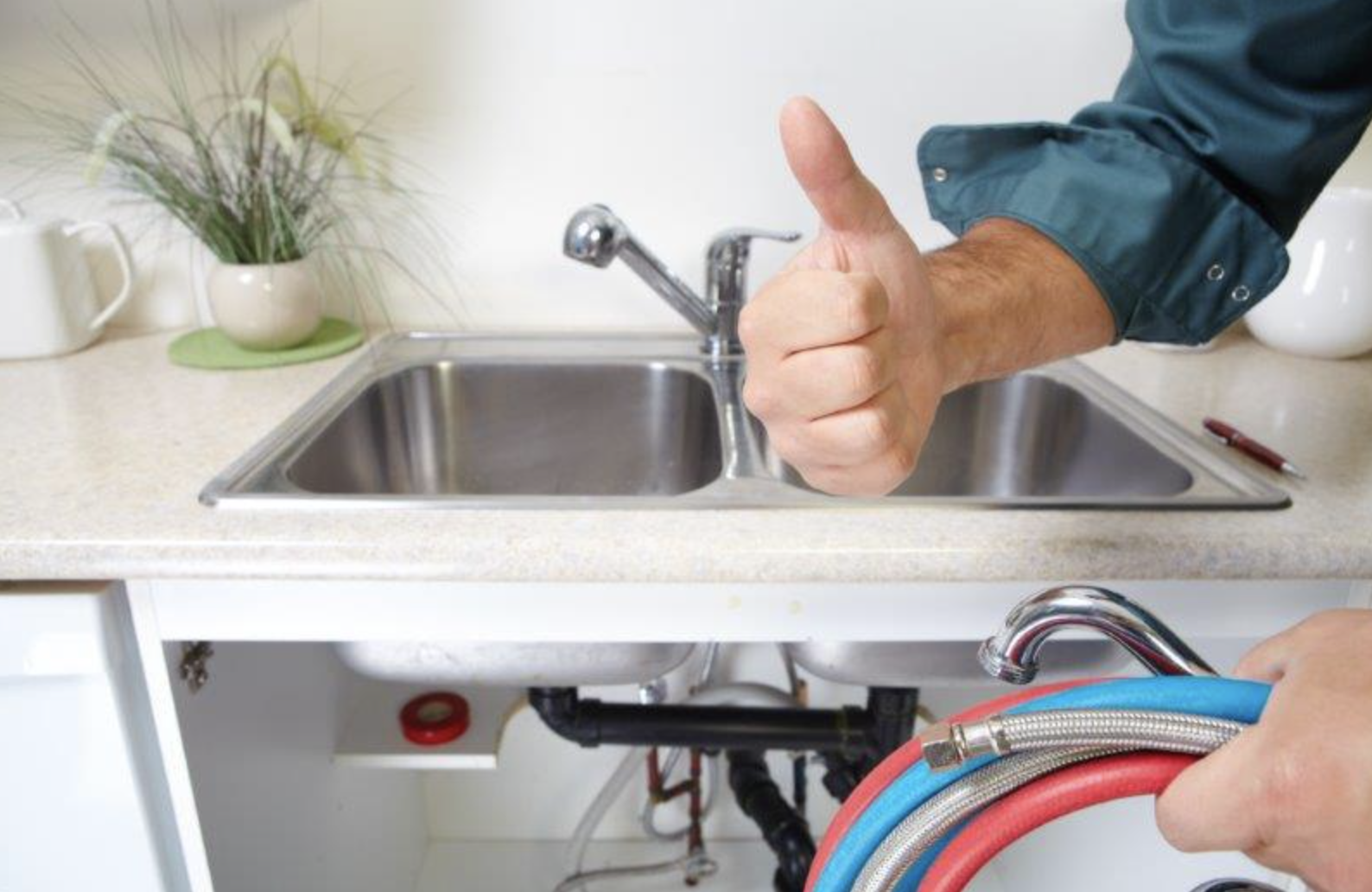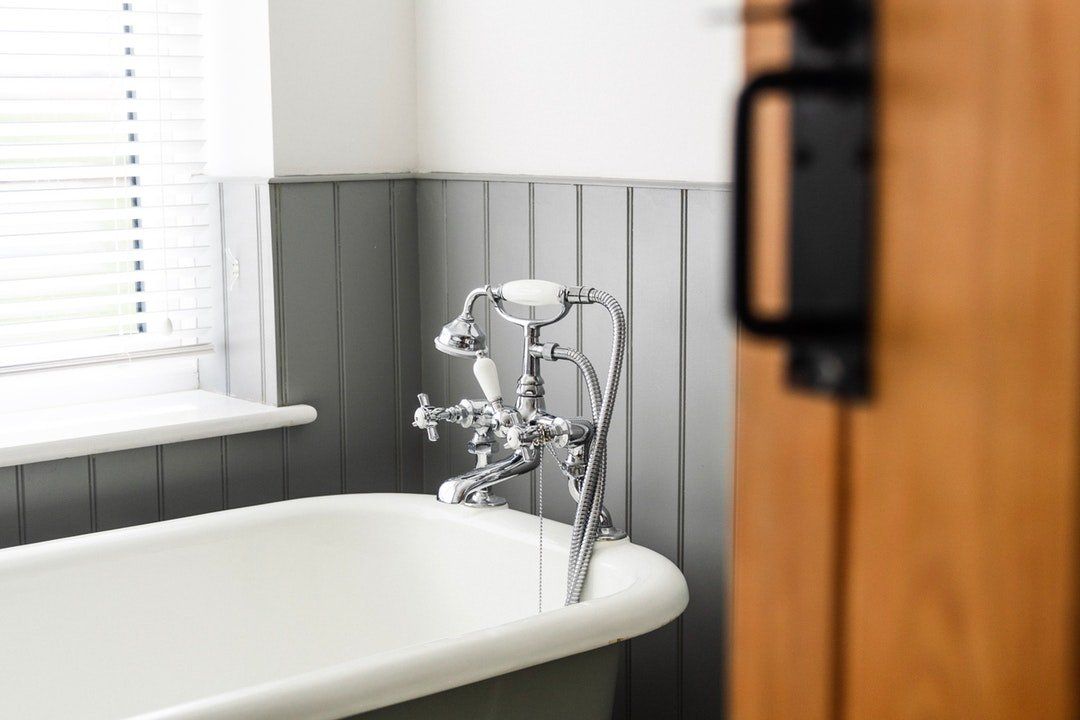Replacing a Toilet Ring, Part 2
Once the toilet bowl and tank are set to the side, grab your putty knife and settle in for some hard work!
Use the putty knife to remove as much of the old toilet ring as you possibly can from the bottom of the toilet and the pipe that goes into the floor.
The pipe going into the floor is called a toilet flange and it should be completely dry and clean before you move on to the next step. It’s important to note: if the flange appears damaged, you’ll need to call in a specialist from Arnie’s Plumbing to assess the condition before proceeding. Overlooking a damaged flange can lead to serious issues for the homeowner.
When you’ve made sure the the flange is clean and dry, take a look at the wax ring packaging to see if it’s a self-adhering ring or what the instructions say. Wax rings will differ slightly in design, but most can be attached to the bottom of the toilet or the top of the flange. Giving you the ability to choose what they’re most comfortable with.
When the wax ring is centered, CAREFULLY lower the toilet back onto the flange. You’ll need to make sure the bolt holes are lined up with the holes in the flange during this step.
Once it’s lined up and centered, take a seat! Your body weight will press down on the wax ring and push the toilet back into it’s place. You’ll need to sit and shift several times in order for the toilet base to end up flush with the floor.
If the toilet is flush with the floor and in place, all you’ll need to do now is replace the bolts and covers, reconnect the water supply to the tank, and open the supply line valve. Once you’ve given the toilet a few test flushes to make sure there aren’t any leaks, you’re officially done!
Make sure you call in the professionals at Arnie’s if at any point you have questions or end up with damage or leaks.
You might also like

Book a Service Today
We will get back to you as soon as possible
Please try again later
Quick & Reliable
We are available 24/7 via fax, email or telephone
All Rights Reserved | Arnies Plumbing
Web Design: VIP Marketing Group



